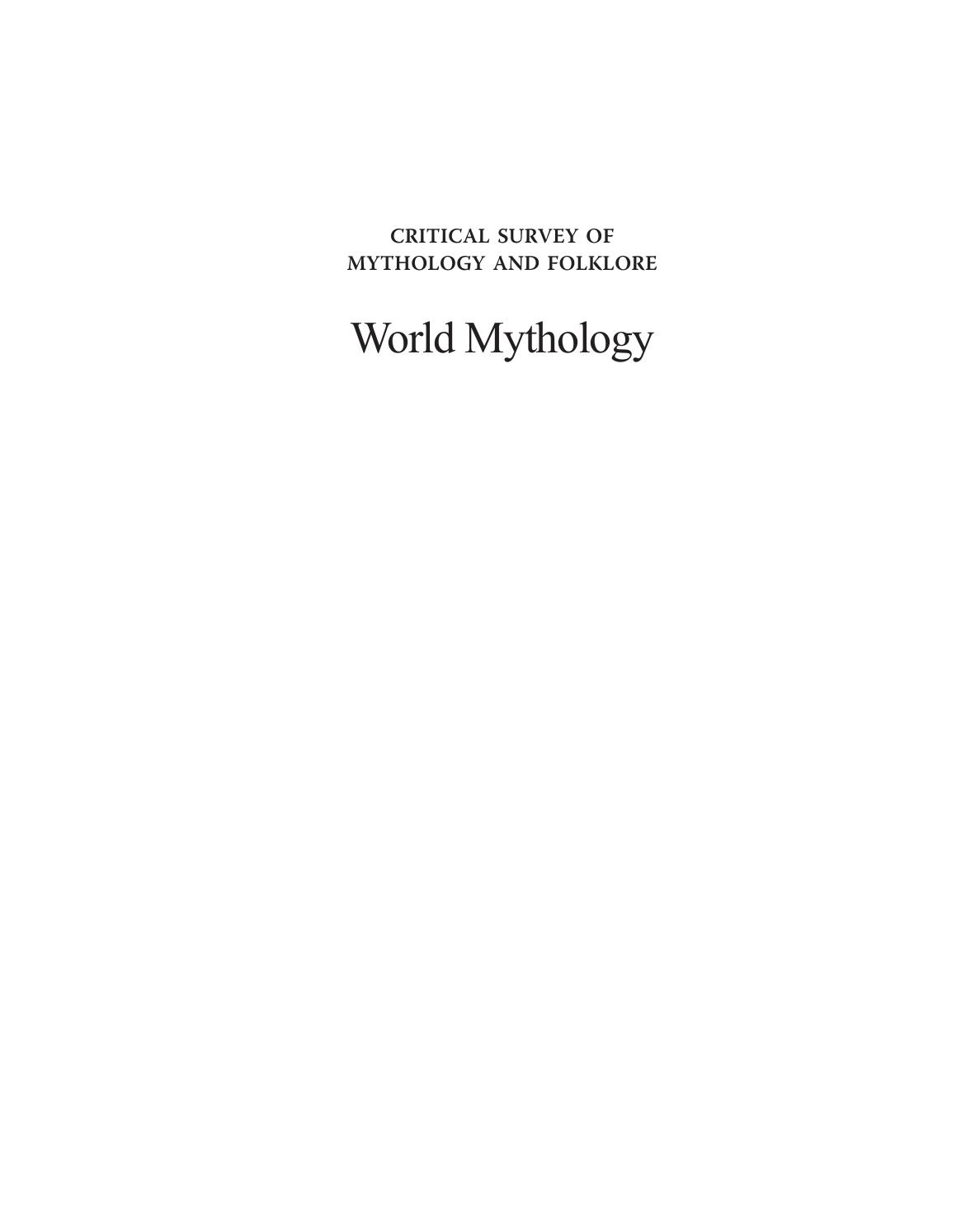
Critical Survey of Mythology and Folklore:World Mythology
فرمت کتاب
ebook
تاریخ انتشار
2013
نویسنده
Editors of Salem Pressناشر
Salem Pressشابک
9781619251878
کتاب های مرتبط
- اطلاعات
- نقد و بررسی
- دیدگاه کاربران
نقد و بررسی

August 1, 2014
Gr 11 Up-This series volume organizes summaries of 200-plus tales by geographic location. A time line, 12 maps, a bibliography, an annotated list of nine websites, free online access, and excellent in-depth interpretive commentary on each story add value. Myths predominate, though there are numerous folk and fairy tales and a smattering of quasi-historical legends (though somewhat arbitrarily categorized). The book contains numerous issues: it lacks illustrations and a pronunciation guide, and its perfunctory lesson plan and short essay on teaching myths are less than useful. Pieces of each story are presented haphazardly. Moreover, the selection criteria are subjective and capricious. Sources are not always the locus classicus of the tale but sometimes a later or alien reshaping (such as the American version of the Korean Cinderella), and the myths here are not necessarily the most important, influential, or meaningful. Foundation myths of some living religions (Judaism, Buddhism, Hinduism) are included, but Jesus and Mohammed are left out. The uneven selection, lack of cohesion, and absence of essays providing regional or cultural context seriously reduce the book's worth. Better options include the second edition of David Adams Leeming's The World of Myth (2013), which is arranged thematically and with single-author coherence, though it contains less interpretive help, and Eva Thury's third edition of Introduction to Mythology (2012, both Oxford), which is narrower in scope but includes original texts, art, varied critical perspectives, and notes.-Patricia D. Lothrop, St. George's School, Newport, RI
Copyright 2014 School Library Journal, LLC Used with permission.

May 15, 2014
This work organizes world mythology by geographic area. Within each geographic area, traditional literature is arranged alphabetically. The sustentative part of each entry consists of a plot summary, the significance of the literature, and a bibliography. Although the table of contents has the tales listed by region (as they appear in the book), the appendixes have them listed by country and by era, making it easier for readers to search the entries. A single-volume work that aims to cover mythology from around the world is likely to suffer from errors of omission, and this work is no exception. It does broadly cover all parts of the world, although its coverage of myths and tales from the various time periods or more specific geographical areas can be debated. The main entries provide a bare-bones outline of the story, which is then followed by a half-page of discussion on its significance. As both are very brief, the work serves as a beginning source for study. Myths and other such works touch us both intellectually and emotionally, but given the brevity of each entry, this reference focuses on only the analytical aspects of the myths. The bibliography at the end of each entry is short but generally provides good references for further study. This reference is recommended for high-school and college students and for storytellers looking for inspiration for their stories or performances.(Reprinted with permission of Booklist, copyright 2014, American Library Association.)

























دیدگاه کاربران